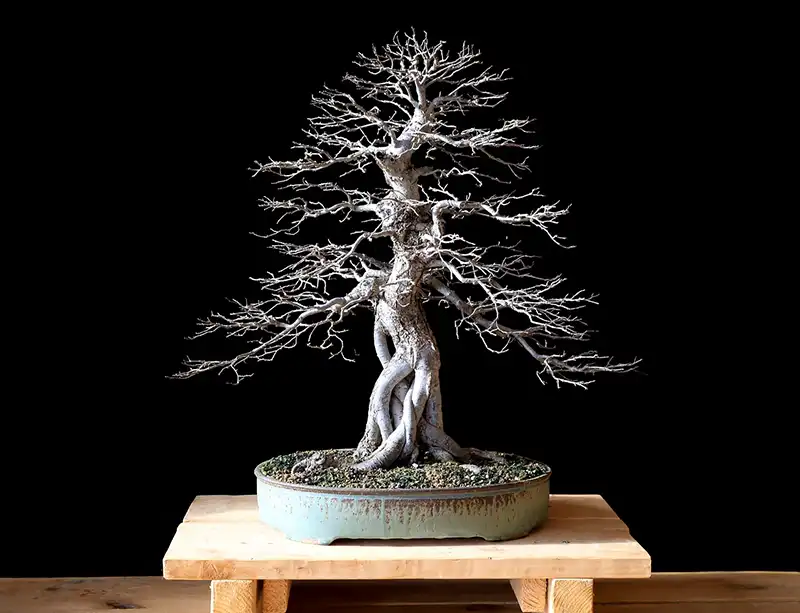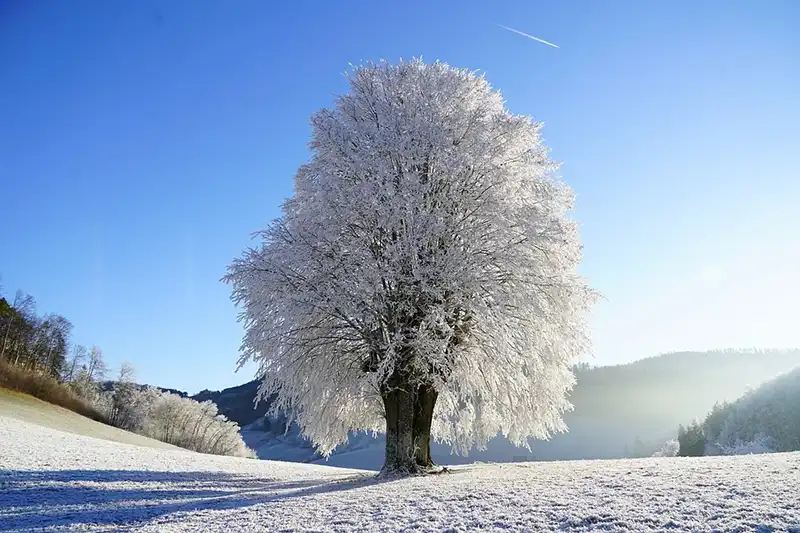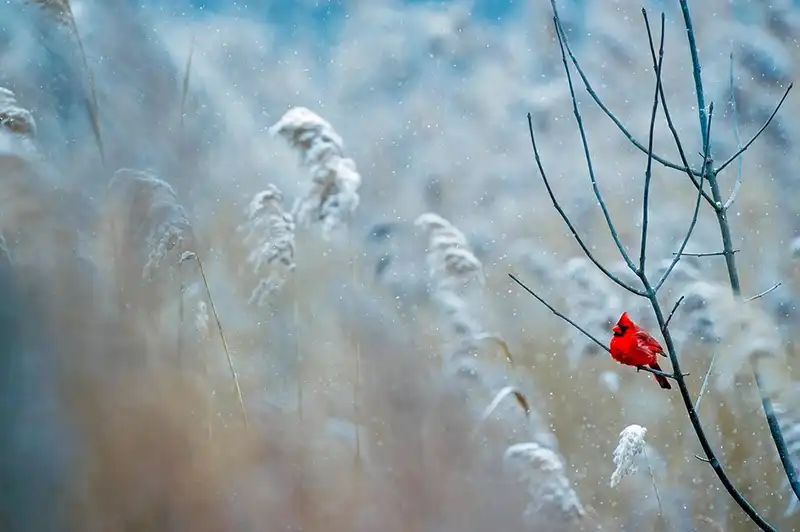How to Care for Your Chinese Elm Bonsai in the Winter
The Chinese Elm (Ulmus parvifolia) is also called the Lacebark Elm. It’s one of the easiest Bonsai trees to obtain and among the most forgiving to work with. This makes it ideal for beginners in the art of Bonsai. It looks very good in any setting, has attractive leaves and a long life expectancy. If you’ve been thinking about getting your first Bonsai tree, the Chinese Elm is a very good place to start.
Be sure when you buy your first tree that the pot is wide and deep enough to allow enough room for root growth. The Chinese Elm is a hardy tree that can handle different temperatures quite well. It’s not too difficult to take care of, even in winter, although it’s important to get it into good shape before the temperatures drop. Here are some basic care essentials and advice on how to help your tree survive the winter.
Basic Care of Your Chinese Elm
Caring for your Chinese Elm Bonsai is very important during the spring and summer so that it is in good shape before the winter arrives when it will need special care. Here are some basics about Bonsai care you should know before wintering your tree.
Good soil and Watering
To care for it properly, keep your Chinese Elm Bonsai warm and the soil moist. In summer, you can usually keep your Chinese Elm Bonsai outdoors if you want to. You will most likely have to water it every day or every two days in the spring and summer to keep it healthy. But this frequency will decrease dramatically in the autumn and winter when your tree will probably go dormant.
Placement
Keep your Bonsai in a place that gets direct sunlight early in the day and shade in the afternoon. The Chinese Elm should be kept in an environment where the temperature is 15 to 20 degrees C (60 to 70 degrees F). Keep it in an indoor or outdoor area that receives plenty of airflow. Note, however, that cold drafts can damage the tree. If you keep it outside, put it behind a tall plant or structure to protect it against cold gusts of wind.
Fertilizing
During the growing season, which is in spring through to fall, apply a fertilizer that’s specially formulated for Bonsai trees. Apply a liquid fertilizer every two weeks and pellet fertilizer every month.
Pests
The same pests can attack Chinese Elm Bonsai trees as any other house plant. As soon as you notice any signs of pests, treat the tree with an organic pesticide.
Diseases
Chinese Elms are prone to black spot fungal disease. Treat this or any other infection with a fungicide.
Pruning and repotting
Prune, train, and repot the Bonsai only as needed to keep it healthy and in good shape to face the winter.
Looking After Your Chinese Elm in Winter
Some people keep their Chinese Elm Bonsai plants outdoors throughout the winter and say they are tough enough to go dormant and survive. But this depends on winter temperatures where you live. If the weather becomes freezing and your Chinese Elm Bonsai tree gets too cold, it might not do well and could even die. Here’s what to do to keep it happy through a cold winter:
Moving it indoors
Once temperatures drop below 15 deg C or 60 deg F during the day and 10 deg C or 50 deg F at night, many experts recommend that you bring your Chinese Elm Bonsai tree indoors. It’ll survive winter very well in front of a well-lit window in a room that gets some sunlight, on a covered porch or in an unheated garage. It is likely to stop growing but won’t necessarily drop any of its leaves.
Letting it go dormant
In winter, it can actually help your Chinese Elm Bonsai tree to keep it consistently between 10 to 15 deg C (50 to 60 deg F). These temperatures are low enough to allow the tree to go dormant but not so low that it will die. It’s good for your tree to go into dormancy over the winter for its overall long-term health, but it should not get too cold.
Avoiding deep freezes
It’s not a good idea to let your tree become exposed to really deep freezing weather. Keep it indoors in a room that gets some sunlight, on an enclosed or covered porch or in an unheated garage. The place should not be freezing cold, and it would be good if it got a little sunlight during the day. If the weather gets really freezing, you can put your tree in the basement. One reason why the Chinese Elm Bonsai must not be allowed to get too cold in winter is that it retains a lot of moisture. If it gets too cold, it can rupture if the water in its vascular system freezes.
Conclusion
Growing, shaping, and enjoying a Bonsai tree like the Chinese Elm is becoming increasingly popular all over the world. It’s a fascinating hobby that requires a lot of dedication and patience. But the rewards are being part of an interesting interaction between art and nature. Nurturing a Bonsai tree until it reaches its full maturity and beauty can take years.
You’ll have to learn many skills and find out a lot of information to successfully cultivate a Bonsai tree. If you live in a very cold climate, one of the things you’ll have to know is how to get your tree through a cold winter. It takes care but your tree can emerge from the cold weather in better shape than it was in before the big chill hit your area.






